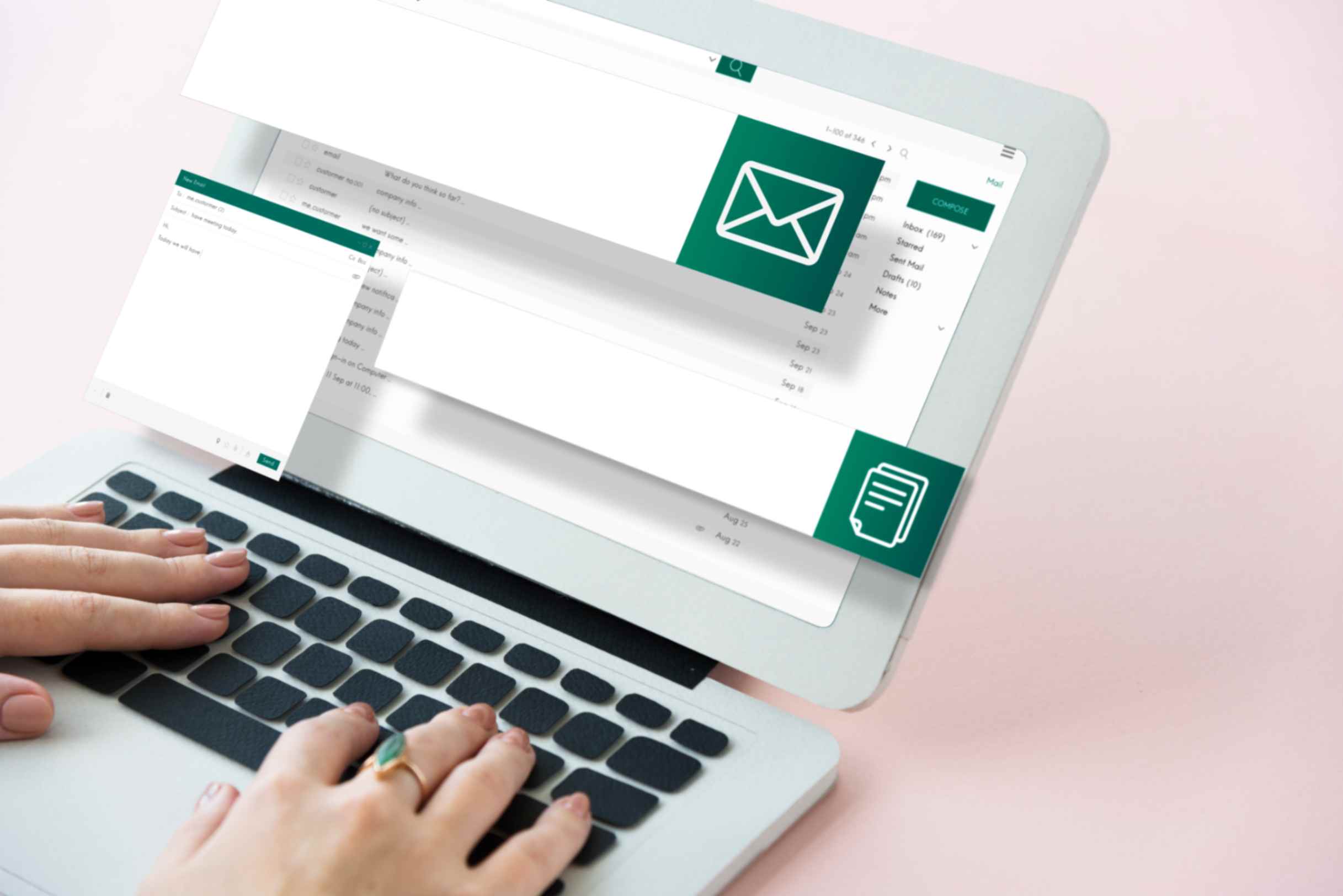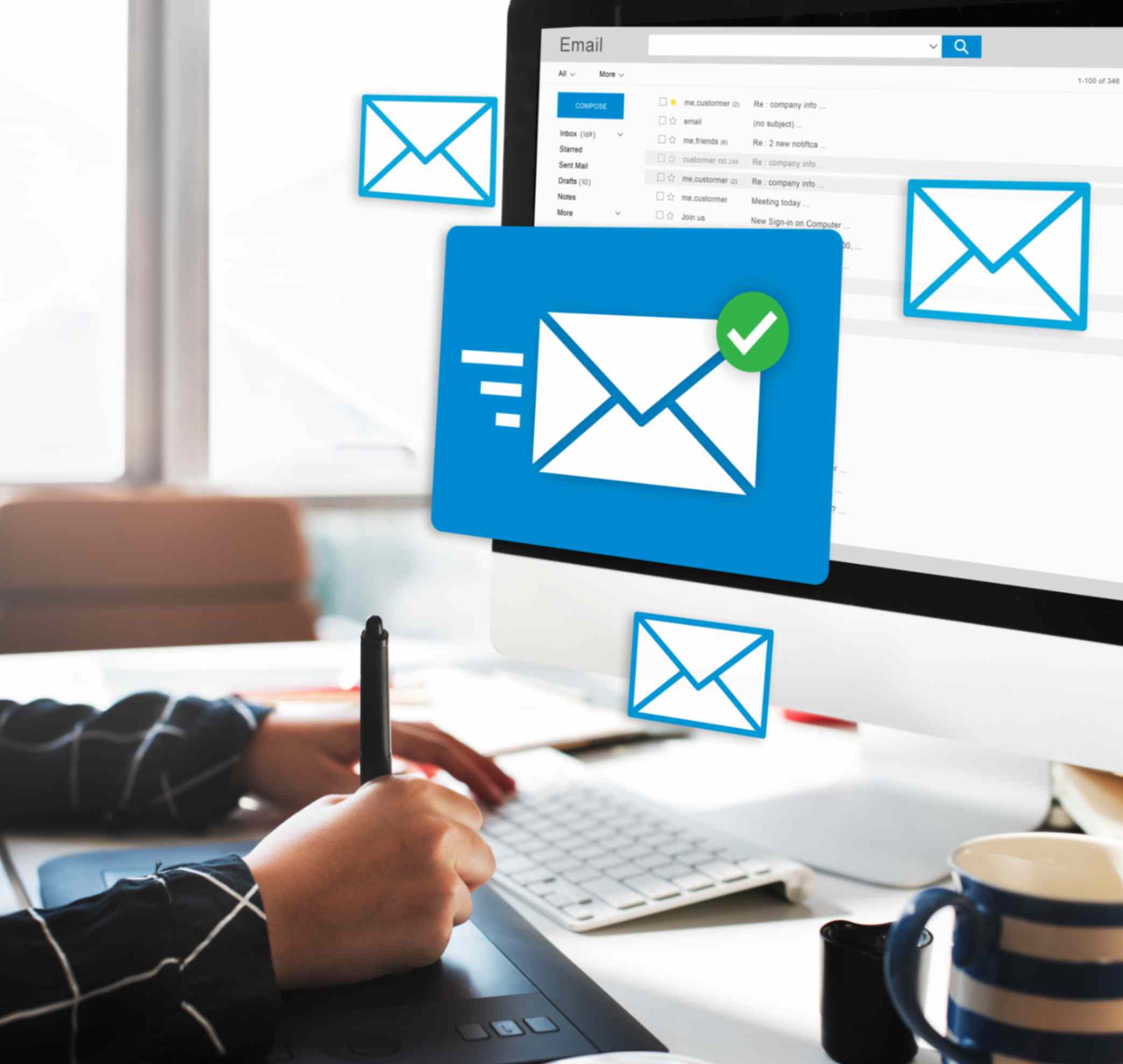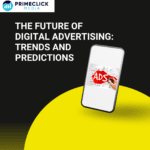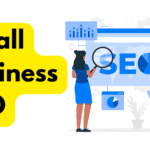Email Marketing – Boost your Email Marketing Campaigns
Crafting Irresistible Subject Lines
Why Subject Lines Matter
Subject lines are super important because they decide whether people will open your email. A good subject line grabs attention in a crowded inbox, makes people curious to see what’s inside, and immediately tells them what your email is about. It’s the first thing people see, so it shapes how they feel about your message and whether they’ll read it.
Tips for Great Subject Lines
Keep it Short and Clear: Use short subject lines (about 6-8 words) that say exactly what your email is about. Short ones are easier to see in a busy inbox.
- Use Emojis Carefully: Emojis can make your subject line fun and catch people’s eye. Just use them in a way that fits with your message so people understand.
- Make People Curious or Feel Urgent: Use words that make people want to open your email now, like “Limited Time” or “Secret Inside.” It makes them curious to know more.
- Personalize When You Can: Use the person’s name or things you know they like. It makes your email feel more personal and special.
Examples of Good Subject Lines
Example 1: “Hurry! Sale Ends Tonight – Save 50%!”
– Why It’s Good: It makes you feel like you need to act fast (“Hurry,” “Sale Ends Tonight”) and tells you the benefit (“Save 50%”).
Example 2: “Hey [Recipient’s Name], You’re Invited to Something Special!”
– Why It’s Good: It uses the person’s name to feel personal (“Hey [Recipient’s Name]”) and makes it sound exclusive (“You’re Invited to Something Special!”).
Example 3: “Learn How to Boost Your Productivity “
– Why It’s Good: The emoji (“🚀“) makes it interesting and shows what you’ll get (“Boost Your Productivity”).
Benefits of Personalization in Email Marketing
Personalized emails are a great way to make your email marketing more effective. By customizing emails for each person, businesses can get more people to open and act on their emails. Personalized emails stand out because they feel more relevant and interesting to the recipient.
Personalized emails help build better relationships with customers. When people feel that a brand understands them, they are more likely to trust it. This trust makes them more likely to follow recommendations and offers. Personalized emails also help keep customers loyal and happy by making them feel important.
Personalization Strategies
- Using the Recipient’s Name: Simply using the person’s name in the email makes it feel more personal. It helps create an immediate connection and makes the email feel less like a generic message.
- 2. Personalized Recommendations: Based on what someone has bought or looked at before, you can suggest products or content they might like. This makes the email more relevant and increases the chances they will buy something.
- Segmented Lists: Divide your email list into smaller groups based on things like age, location, or past purchases. Then send targeted emails to these groups. This way, the content is more relevant to each group and can lead to higher engagement.
Tools and Technologies for Personalization
Several tools can help make email personalization easier:
- Email Marketing Platforms: Tools like Mailchimp, Constant Contact, and Sendinblue offer features to personalize emails. They help create emails that change based on the recipient’s info, automate personalized email sequences, and segment lists effectively.
- Customer Relationship Management (CRM) Systems: Systems like Salesforce, HubSpot, and Zoho CRM store detailed customer information, helping businesses send highly personalized emails. These systems work with email marketing platforms to make personalization easy.
- Artificial Intelligence (AI) and Machine Learning: While this is a bit advanced, AI and machine learning tools help analyze customer data and predict behavior for even more precise personalization. These tools often have user-friendly interfaces, so you don’t need to be a tech expert to use them.
Optimizing Email Design and Layout
Importance of Mobile-Friendly Design

Nowadays, many people check their emails on their phones or tablets. If your emails don’t look good on these devices, people might find
them hard to read and use. This can lead to more people unsubscribing and less engagement with your emails.
Making your emails mobile-friendly means they look good and are easy to interact with on any device. This involves using responsive design that adapts to different screen sizes, making text easy to read without zooming, and ensuring links and buttons are easy to tap. Prioritizing mobile-friendly design improves user experience and engagement, leading to better results from your email campaigns.
Best Practices for Email Layout
A clean and organized email layout is key to effective communication and engagement. Here are some simple tips:
- 1. Single-Column Layout: Use a single-column layout for a clean and easy-to-read format. This works well on mobile devices as it eliminates the need for horizontal scrolling and ensures content flows naturally.
- Keep it Simple: Avoid clutter by limiting text and images. Focus on a clear and concise message. Use white space to separate different sections and make the email look appealing.
- Incorporate Visuals: Use images, icons, and graphics to make your email more attractive and help convey your message quickly. Use visuals sparingly to avoid overwhelming the reader and ensure they load quickly and display correctly on all devices.
- Consistent Branding: Use your brand’s colors, fonts, and logos to maintain a consistent look. This helps recipients recognize your emails easily.
- Clear Call-to-Action (CTA): Make your CTA stand out with contrasting colors and place it prominently. Ensure the CTA button is large enough for easy tapping on mobile devices.
A/B Testing for Design Elements
A/B testing, or split testing, compares two versions of an email to see which one works better. By testing different design elements, you can find out what your audience likes and improve your emails. Here’s how to do it:
- Test One Element at a Time: Focus on one design element at a time, like the layout, images, CTA button, or color scheme. This helps you see what specific change improves performance.
- Define Clear Goals: Set clear goals for your A/B test, like higher open rates, click-through rates, or conversions. Clear goals help you measure success accurately.
- Use a Sizable Sample: Test with a large enough group to make sure your results are statistically significant and accurate.
- Analyze and Implement Results: Look carefully at your test results to see which version performed better. Use these insights to improve your email design and keep refining your campaigns.
Timing and Frequency
Best Times to Send Emails: The best days to send emails are usually Tuesday, Wednesday, and Thursday. Aim for mid-morning around 10 AM or early afternoon around 2 PM. These times match when people are likely checking their emails.
Finding the Right Frequency: You need to find the right balance for how often to send emails. Sending too often can annoy subscribers and lead to more unsubscribes. Sending too little can result in lower engagement. Start with sending emails once a week or every two weeks, then adjust based on how your audience responds.
Using Data to Improve Timing: Use tools to track open and click rates to see when your audience engages most with your emails. A/B testing different times and frequencies can help find the best schedule for your specific audience.
Creating Compelling Calls-to-Action (CTAs)
Importance of CTAs in Emails: CTAs are crucial because they tell the reader what to do next, like making a purchase, signing up for something, or downloading a resource. Good CTAs can significantly increase conversion rates.
Tips for Effective CTAs: Use action words like “Buy Now” or “Learn More.” Make CTAs stand out with contrasting colors or bold text. Place them in noticeable spots, like near the top or at the end of an important section, to grab attention.
Examples of Successful CTAs: “Shop the Sale” with a bright, contrasting button creates urgency and draws attention. “Get Your Free Guide” works well because it offers immediate value. These CTAs are clear, concise, and visually appealing, making it easy for recipients to understand and act.





